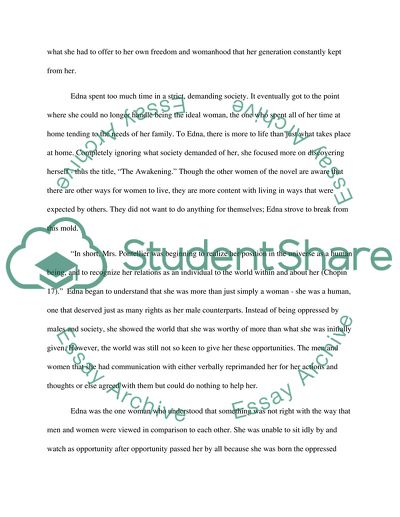Cite this document
(“The Roles of Women in the Awakening Research Paper”, n.d.)
The Roles of Women in the Awakening Research Paper. Retrieved from https://studentshare.org/literature/1740908-the-women-gender-roles-in-the-awakening
The Roles of Women in the Awakening Research Paper. Retrieved from https://studentshare.org/literature/1740908-the-women-gender-roles-in-the-awakening
(The Roles of Women in the Awakening Research Paper)
The Roles of Women in the Awakening Research Paper. https://studentshare.org/literature/1740908-the-women-gender-roles-in-the-awakening.
The Roles of Women in the Awakening Research Paper. https://studentshare.org/literature/1740908-the-women-gender-roles-in-the-awakening.
“The Roles of Women in the Awakening Research Paper”, n.d. https://studentshare.org/literature/1740908-the-women-gender-roles-in-the-awakening.


